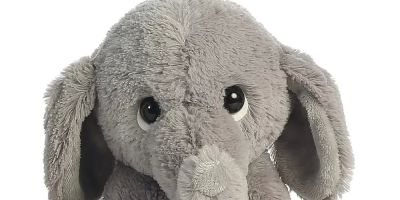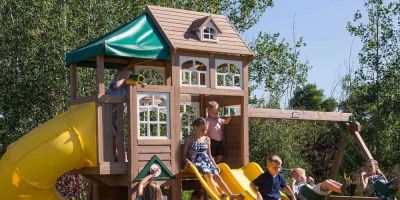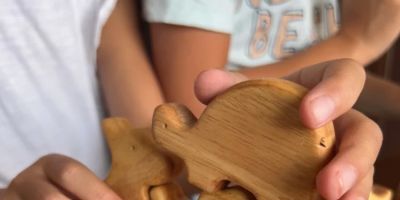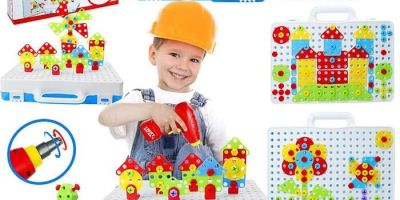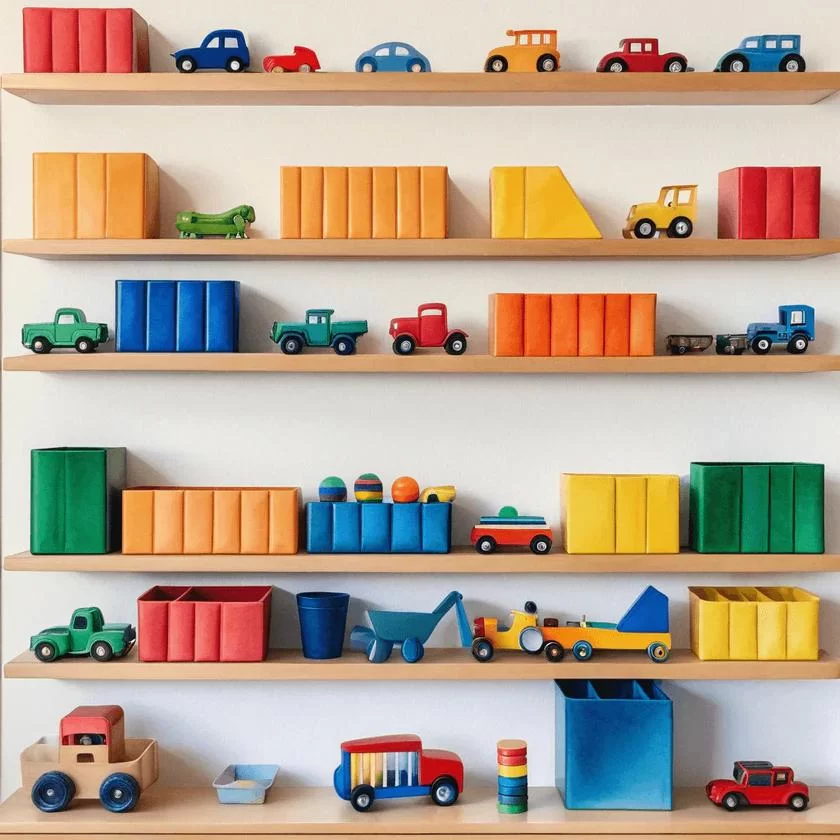
- Understanding-the-Challenge-of-Toy-Organization
- Smart-Storage-Solutions-for-Children-s-Toys
- Creating-Habits-for-Ongoing-Toy-Organization
- Real-Life-Examples-and-Benefits-of-Effective-Toy-Organization
1. Understanding the Challenge of Toy Organization
Keeping your kids’ toys organized can often feel like an endless battle. From scattered building blocks to tiny action figures hiding under the couch, the sheer variety and volume of toys can overwhelm even the most diligent parents. Children’s toys come in all shapes and sizes, which means a one-size-fits-all approach rarely works. It’s important to first understand the specific challenges you face at home. Are the toys mostly small and numerous, like puzzle pieces and figurines? Or do you deal with large, bulky items such as ride-ons and playsets? Recognizing these nuances helps in choosing the right organizational strategy tailored to your family’s lifestyle.
Moreover, kids often see toys not just as objects but as sources of fun and imagination. Their emotional attachment makes them less willing to part with or neatly store their belongings. This emotional factor adds another layer of complexity, requiring solutions that are both practical and kid-friendly. When parents keep this in mind, it becomes easier to design systems that encourage children to participate actively in organizing their playthings.
1.1 Common Mistakes in Toy Organization
Many parents try quick fixes like tossing toys into large bins without any sorting. This can lead to frustration when it’s time to find a particular toy or clean up quickly. Another frequent error is over-purchasing storage containers that don’t fit the actual volume or type of toys present, resulting in wasted space or continued clutter. Identifying and avoiding these pitfalls early on can save time and effort.
2. Smart Storage Solutions for Children’s Toys
Effective toy organization depends largely on smart storage solutions. The key is to combine functionality with accessibility, ensuring toys are easy for children to reach and put away. This encourages independence and makes tidying up less of a chore.
2.1 Categorization and Sorting
Start by sorting toys into categories—building blocks, art supplies, stuffed animals, educational toys, etc. This categorization helps when selecting storage containers and organizing shelves. Clear bins or labeled boxes are especially useful because children can see inside and know where to return items.
2.2 Modular and Multi-Functional Storage
Using modular storage units that can grow with your child’s needs is an excellent approach. Adjustable shelves, stackable bins, and storage benches with hidden compartments maximize space efficiency. For example, a toy chest with a cushioned lid can double as seating in a playroom, saving space and adding comfort.
2.3 Vertical and Wall-Mounted Storage Options
When floor space is limited, vertical storage like wall-mounted shelves or pegboards can be game-changers. These solutions keep toys visible yet off the ground, reducing clutter and hazards. Hanging storage pockets or mesh bags can hold soft toys or small items, making use of otherwise wasted space.
2.4 Rotation Systems to Reduce Clutter
A toy rotation system, where only a portion of toys are out at one time, helps maintain order and renews your child’s interest in their toys. Store extra toys in labeled bins elsewhere and swap them regularly. This method not only keeps the play area tidier but also stimulates creativity by introducing “new” toys periodically.
If you’re looking for quality storage products or organizational tools designed specifically for kids’ toys, Knight Toys offers a curated selection of items that blend practicality with style to meet your family’s needs.
3. Creating Habits for Ongoing Toy Organization
Even the best storage solutions fall short without consistent habits. Teaching children to clean up after playtime becomes a valuable life skill, reinforcing responsibility and respect for their belongings.
3.1 Making Cleanup a Game
Turn tidying into a fun activity rather than a chore. Setting timers, creating reward charts, or singing cleanup songs can motivate children to participate eagerly. When cleanup is engaging, children are less likely to resist putting toys away.
3.2 Establishing Daily and Weekly Routines
Consistency is key. A simple daily habit of putting toys back into designated spots can prevent buildup. Additionally, weekly deeper organizing sessions allow you to check for broken or unused toys and refresh the toy rotation system.
3.3 Involving Children in Storage Decisions
Involve kids in choosing storage containers or arranging the playroom. Their input increases the likelihood they will use the systems effectively because it gives them ownership over the space.
4. Real-Life Examples and Benefits of Effective Toy Organization
Take the story of Sarah, a busy mother of two young children, who struggled with a constant mess of toys in her living room. After implementing a categorization system paired with stackable storage bins and introducing a daily 10-minute cleanup game, she saw a dramatic improvement in tidiness and family harmony. Sarah’s children even began suggesting new ways to keep their toys organized, showing how positive habits can grow over time.
Beyond the obvious benefit of a cleaner home, organized toys contribute to a calmer environment and foster creativity. Children are able to find what they want quickly, encouraging more independent play. Additionally, well-organized toys reduce stress for parents and create more quality family time.
If you want to start transforming your toy organization today, Knight Toys is a great resource for finding durable and kid-friendly storage options that suit any home environment.

